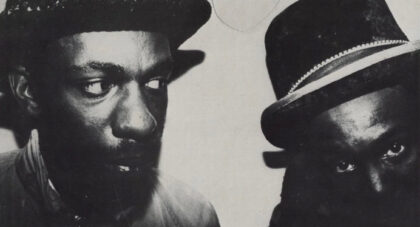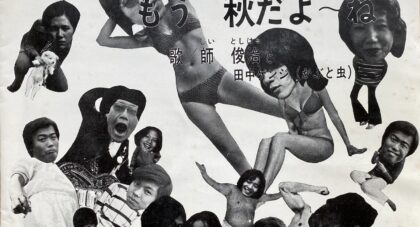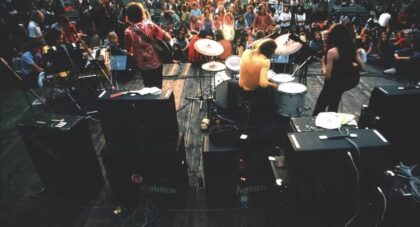David Phillips is an American artist whose work has shown at over 50 galleries throughout the United States. You may also know him as wino-strut. Bold, conceptual, avant garde, I've been following his work for the better part of a decade. Multidisciplinary, Phillips medium constantly remains in flux, at any given time, working with canvas, wood, metals, film and beyond.
The following conversation took place over the better part of a year in and around LA -- topics spanning Phillips initial arrival in Los Angeles 15 years ago, his inspiration, the cities changing art scene, how oil remains "alive" and his native Oklahoma's enduring influence.
Aquarium Drunkard: Let’s start from the beginning. What brought you from your native Oklahoma to LA? What year was it?
David Phillips: I moved to Los Angeles about 15 years ago. I had been making a lot of paintings towards the end of school and there was nowhere to show them in Oklahoma. I packed my Honda Prelude up with a bag of clothes, my guitar, a cooler full of Coors Light, turkey sandwiches, Diet Cokes and a shit ton of Camel Lights. I told my family I wanted to visit LA but in my mind I was already gone. I just knew I’d live here. I had never visited Los Angeles. I had never been to California. I had $500 cash, no cell phone, and nothing to lose. I suppose I was chasing the great American West…or at least the idea of it. I don’t know. At this point it’s kind of a blur. All I knew is that I wanted to show my art to a large audience. I knew something drastic had to be done.
Only the good shit. Aquarium Drunkard is powered by its patrons. Keep the servers humming and help us continue doing it by pledging your support.
To continue reading, become a member or log in.


